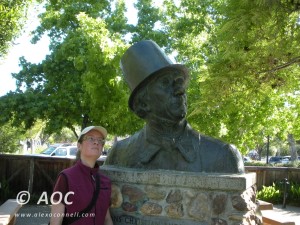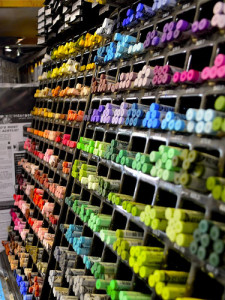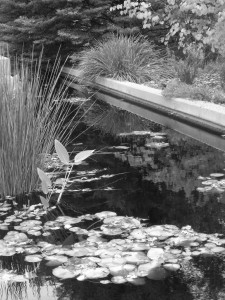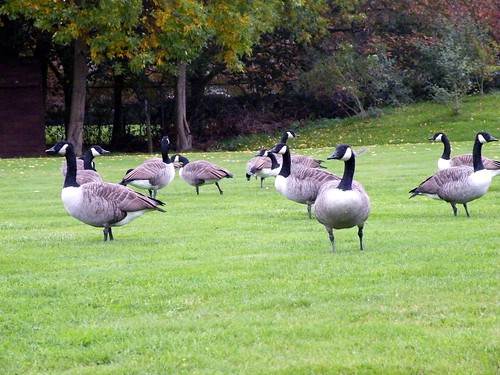You’re supposed to be writing.
Or making art.
You’re supposed to be being productive, anyway.
What’s happened? Cat got your brain cells?
We’ve got plenty of “shoulds” in our lives. There are self-imposed shoulds, like, “I should get up earlier” (I dislike this one). There are work-
imposed shoulds, such as, “I have a deadline today at 5pm.” There are creative shoulds, similar to this one: “I haven’t made any time to shoot pictures this week. I should really do that.”
Some shoulds are more demanding than others. We could say those shoulds have PRIORITY. That doesn’t make them any easier to accomplish than the lower-priority shoulds. In fact, sometimes that makes them harder. Or it brings out our inner five-year-old, who JUST DOESN’T WANNA!
Is today such a day for you?
For those of us in chase of the muse, I have put together the following three lists of necessities for muse hunting. Fear not. They aren’t long. Just like you can’t bake a cake without flour (I’m not saying the flour has to have gluten in it), you won’t be able to get a handle on the muse without the following ingredients. Some of the items are commonplace and easy to procure. Others may be more esoteric. These lists are NOT exhaustive. How long do you want this blog post to be?
The three lists correspond to three categories: The Tangibles, The Intangibles, and The Physique. We would be wise to think in three dimensions when hunting the muse.
Here goes.
3 x 10 ITEMS YOU NEED TO HUNT THE MUSE
Category 1: The Tangibles
Yes, we can touch these. No hunter or gatherer (on Earth, anyway) gets dinner by sitting in a corner to meditate. Likewise, you won’t catch the muse without
- a pen, a pencil, a piece of paper, a camera, a paintbrush, or a computer — I mean, hello!
- a club (thank you, Jack London)
- a better mousetrap
- peanut butter/chocolate/wine/cheese/cookies/Chinese food or Your Consumable of Choice
- space — to pace around in
- a floor — to lie on when it’s just NOT WORKING
- the ceiling — to stare at while you’re on the floor
- curtains — so your neighbors can’t see you dancing around in your pajamas or underwear
- pajamas and/or underwear
- bait. With what can we tempt the muse?
Category 2: The Intangibles
We’re not going to be successful hunters without the right attitude. Haven’t you watched enough football movies? Anybody can hold a pencil or lie on the floor. To corner the muse and truly make her ours we also need
- time — yes, precious!
- a closed door — do not open it. It does not lead to the castle at the center of the labyrinth.
- a deadline — an actual one. When you miss it, you experience physical consequences. Heartburn is a physical consequence.
- a sense of humor
- wit
- cunning
- recklessness — no muse ever cared for a safe harbor
- a willingness to get dirty
- a flair for the dramatic
- selfishness — MY muse, MINE!
Category 3: The Physique
All winners train. The muse doesn’t walk up to slackers and tap them on the head. The muse wants your blood, sweat, and tears. Deliver by trying some of these
- a walk or a run
- yoga or tai chi
- gardening
- cleaning out the basement
- throwing a temper tantrum
- washing your car
- washing your friend’s car
- playing with the dog and/or cat
- dancing — which you can do with the aforementioned curtains open or closed
- yelling, singing, or caterwauling — alone or in chorus
What have I left off the lists? What unusual sources have you visited to find your muse-hunting tools? Let me know in the comments.
Happy hunting!









